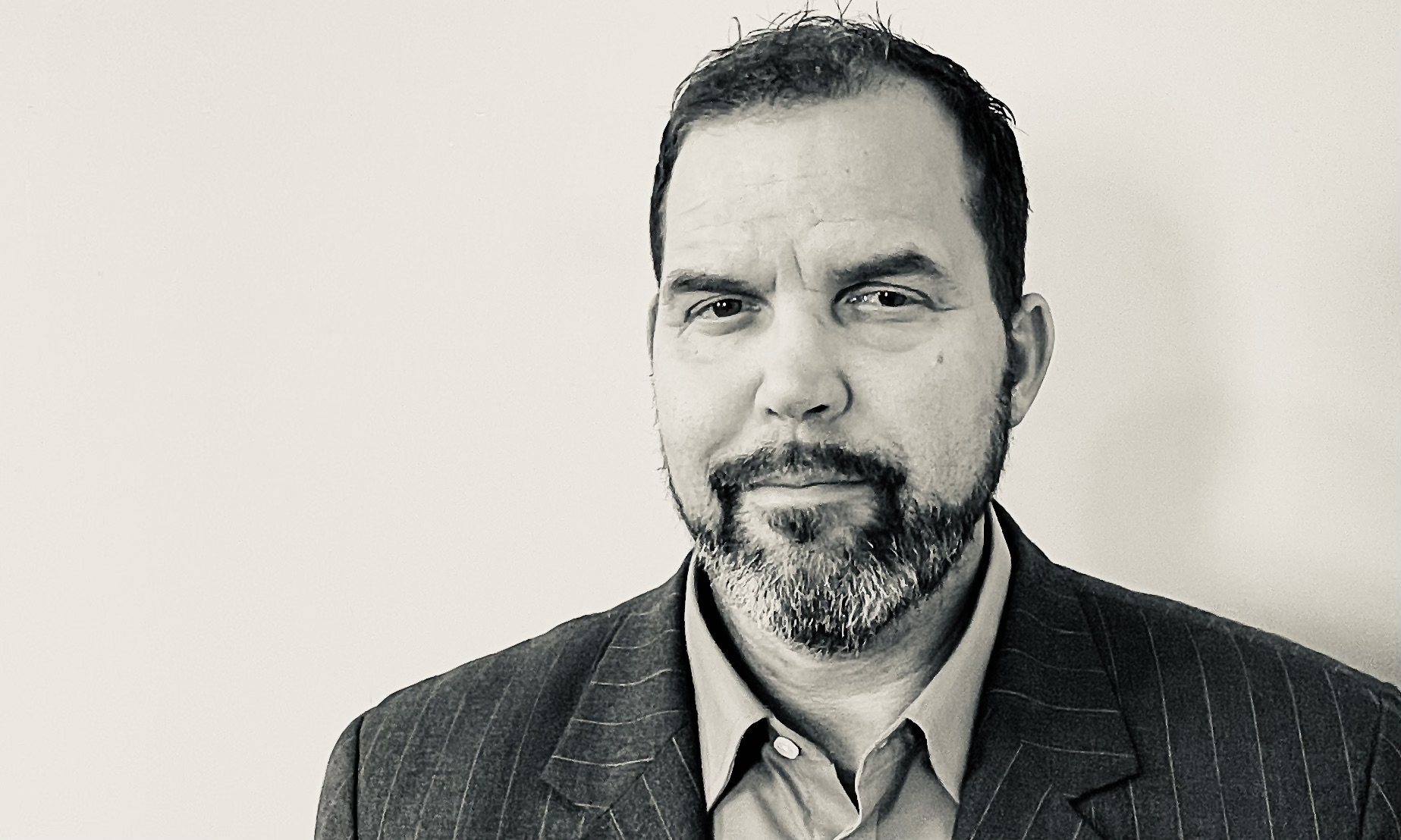(Originally Published at Georgetown Journal of International Affairs on May 1, 2012)
So what will the next phase of the war look like? Beginning this summer the focus of the International Security Assistance Force (ISAF) mission will shift from partnering Afghan military and police units with coalition troops to putting Afghan units in the lead, with coalition troops advising but taking a smaller and smaller role in day-to-day operations. In some ways this will look like Vietnam in the early 1970s when the issue was how to develop more and more capable, local forces while at the same time withdrawing the US forces needed to do the training. As a math problem alone it’s ugly. But in at least one area, Kandahar, the US commander should be familiar with the calculus.General Robert ‘Abe’ Abrams is the son of Creighton Abrams, who commanded coalition forces in Vietnam during the drawdown phase there.
Beneath General Abrams are a host of smart, capable men and women trying to puzzle out the details of fighting a war that’s more about building social institutions than bullets at this point. At the School for Advanced Military Studies, where I teach, there’s Major Schmedlap (all names changed to protect the idealistic) who’s writing a masters’ thesis onPashtunwali, the tribal code of norms and customs, in order to suggest better ways to build and sustain effective governing institutions. And Major Klinkfoot is writing his thesis on how theories explaining the adoption of technological innovations might be used to understand why some aid projects succeed and others fail. Yes, the iPad frenzy meets Three Cups of Tea.
In the end, much of this war, maybe most, is as banal and mind-numbing as a city-council meeting. But success probably lies in being able to suffer through the boredom in order to maintain a focus on the details of schools, roads, sewers and electricity. The problem is that the real war is less between us and the Taliban or al Qaeda, as it is between the tribes that have power in the regions and the weak and corrupt central government in Kabul. It’s about who gets to run the schools and toll the roads. At this point NATO seems mostly caught in between.
So how will the war likely end up in 2014? My guess: The government in Kabul will control the major roads and urban centers where the population hates the Taliban and sees the coalition as a bulwark against rural extremists with the rest of the country only nominally under Kabul’s control.
Think about it this way: it’s a fight between anti-federal, states’ rights, largely rural religious extremists and a more secular, urban, professional class trying to push an agenda of job creation and women’s rights. In its way, it’s a blue state vs. red state war with gun owners on both sides who really mean it.
And the military? Well, it’s worth remembering that regardless of which side most service members might be on in the culture wars here, in Afghanistan they’re on the side of the blue states.
To read Part I of the Afghanistan War Report by Matt Schmidt, click here.
